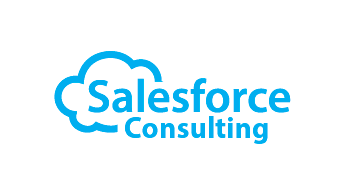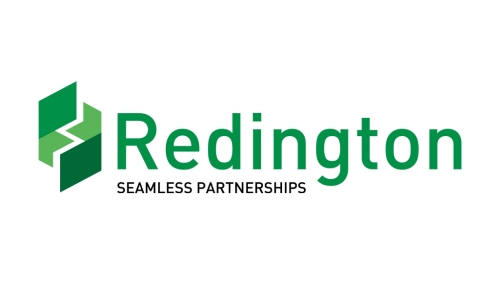SAP Business One RENTAL
SAP Business One RENTAL solution covers an entire gamut of business functions that includes rental reservation, quotations, returns, invoicing, Inventory and Asset Management & Maintenance. SAP Business One RENTAL solution is seamlessly integrated and uniquely designed to run on SAP Business One ERP.
Some of the unique functions of SAP Business One RENTAL:
✓ Seamlessly integrated with Fixed Assets.
✓ Track both serialized and non-serialized items.
✓ Easy order management.
✓ Define rental contracts with provision of flexible price policies and volume discounts.
✓ Periodical invoicing for items and services.
✓ Rental Contracts and Billing Contracts.
✓ Manage inventory across multiple warehouses in multiple locations.
✓ Customized Kit definitions.
Key Benefits
✓ Mark items as rental items.
✓ Define Rental Kits
✓ Rental Availability Window – Check availability of rental items based upon rentals out, rental returns
and purchase orders received.
✓ Convert rental items into assets.
✓ Locate inventory in multiple locations using items, serial number and equipment number.
✓ Reports indicating rental status of items based upon specific periods.
✓ Maintain Asset Register for rental items.
✓ Asset tracking & bar-coding.
✓ Asset Accounting.
- Depreciation
- Transfers
- Disposals
✓ Asset maintenance.
✓ Auto asset creation.
✓ Conversion the trading inventory to asset inventory.
✓ Batch Serial controlling for better reporting.
✓ Appraisal of assets.
✓ Depreciation of assets.
✓ Transfer of asset.
✓ Maintaining the asset register.
✓ Easy direct entry of Rental Orders for equipment rental. Orders can also be created automatically from quotations and reservations.
✓ Define billing cycles with different billing denominators.
✓ Show rental availability whilst processing the order.
✓ Rental pricing can be based upon length of rental factors.
✓ Allow partial dispatch and return of rental items on the order.
✓ Receive rental items back into inventory.
✓ Mark items for inspection and maintenance prior to receiving into inventory.
✓ Account for consumed and damaged items.
✓ Full invoicing and settlement on rental return.
✓ Periodic invoicing.
✓ Contractual invoicing.
✓ Expected returns reporting.
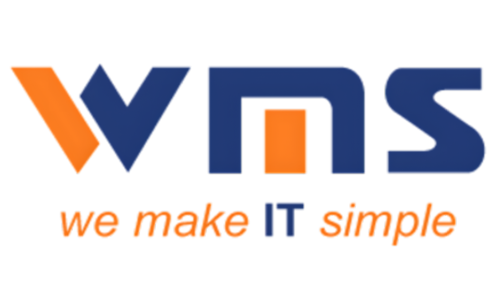
 SAP Cloud ERP Private
SAP Cloud ERP Private SAP Cloud ERP
SAP Cloud ERP SAP Business One
SAP Business One SAP Business ByDesign
SAP Business ByDesign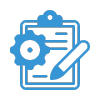 SAP SuccessFactors
SAP SuccessFactors SAP Ariba
SAP Ariba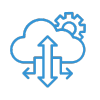 SAP Sales Cloud
SAP Sales Cloud SAP Concur
SAP Concur SAP Business Technology Platform
SAP Business Technology Platform SAP Analytics Cloud
SAP Analytics Cloud SAP Signavio
SAP Signavio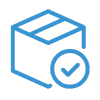 SAP Business One FASHION
SAP Business One FASHION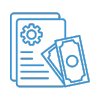 SAP Business One PAYROLL
SAP Business One PAYROLL SAP Business One PDC
SAP Business One PDC SAP Business One PDT
SAP Business One PDT SAP Business One REAL ESTATE
SAP Business One REAL ESTATE SAP Business One RENTAL
SAP Business One RENTAL

